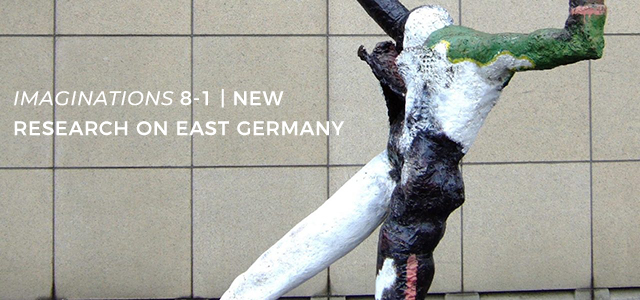New Research on East Germany: An Introduction
DOI:
https://doi.org/10.17742/IMAGE.GDR.8-1.1Abstract
Over a quarter century has elapsed since the end of the Cold War and the unification of Germany, enough time for writers, artists, scholars, and the general public to have both remembered their pre-1990 experience and witnessed a series of controversies in the retelling or rewriting of that past. Now we are in the process of a generational shift, not only in the sense of a young adult generation with few of their own memories of divided Germany but also of a younger generation of scholars whose knowledge about the two Germanys has been mediated by their older mentors. I am one of those older mentors and suspect that the next-generation scholars are developing new approaches, sources, and methodologies for research on the German past and present. I have repeatedly considered and reconsidered my own scholarly trajectory vis-à-vis East Germany both before and after unification. But I am convinced that our younger colleagues, who—for reasons of their own—are drawn to the German Democratic Republic (GDR) and what since unification is known as eastern Germany as an object of interest and even fascination, have important things to communicate.
Downloads
Published
How to Cite
Issue
Section
License

This work by https://journals.library.ualberta.ca/imaginations is licensed under a Creative Commons 4.0 International License although certain works referenced herein may be separately licensed, or the author has exercised their right to fair dealing under the Canadian Copyright Act.




